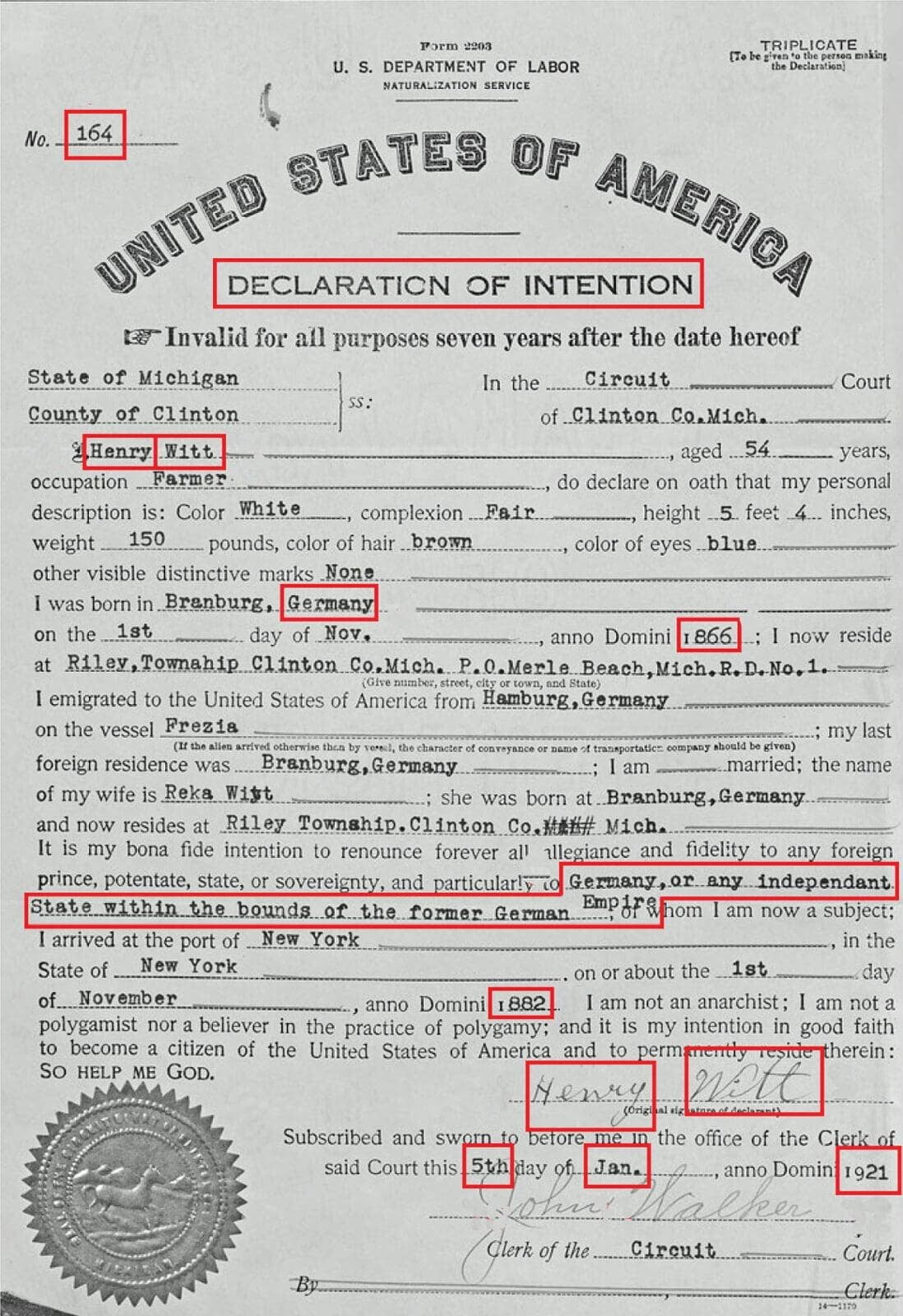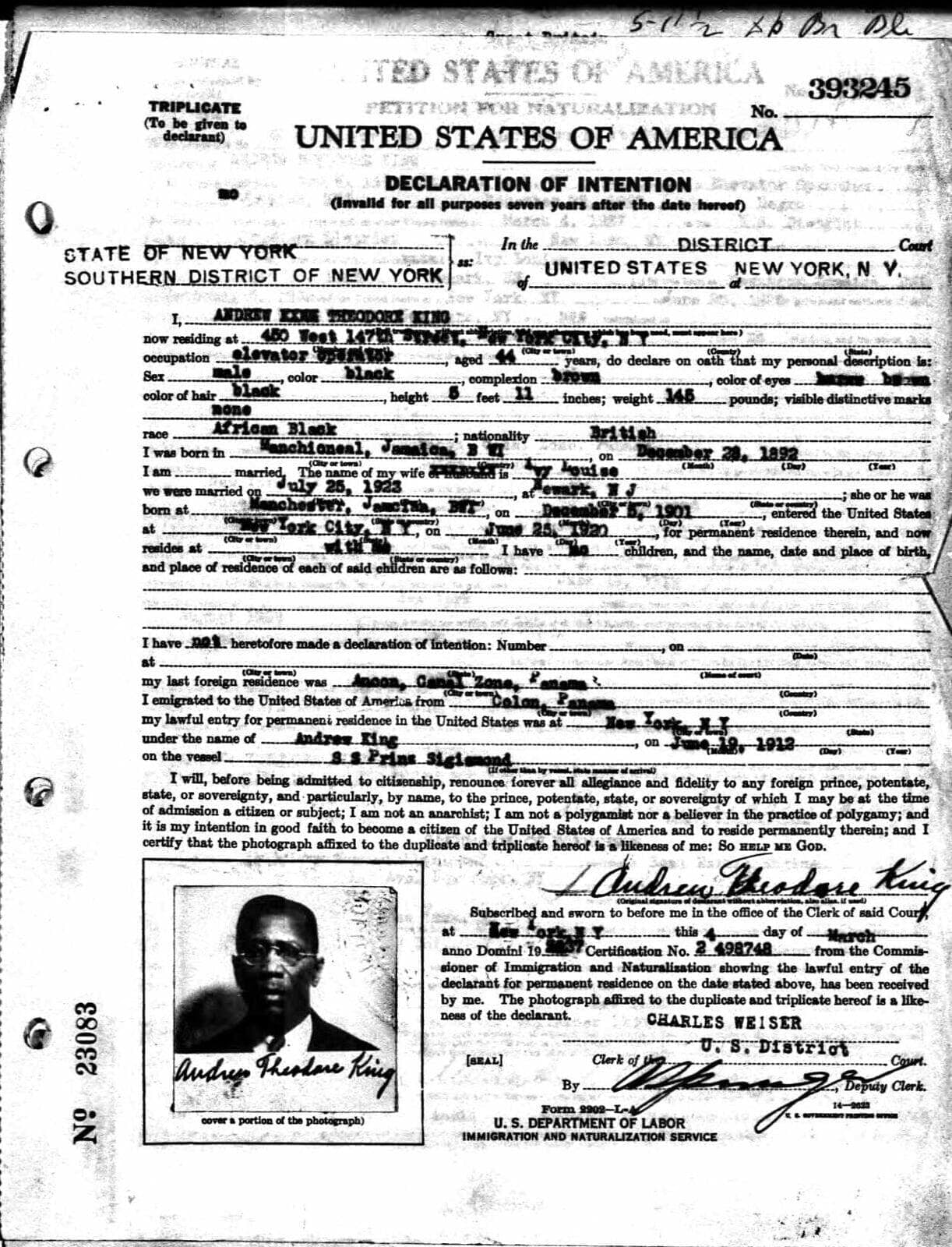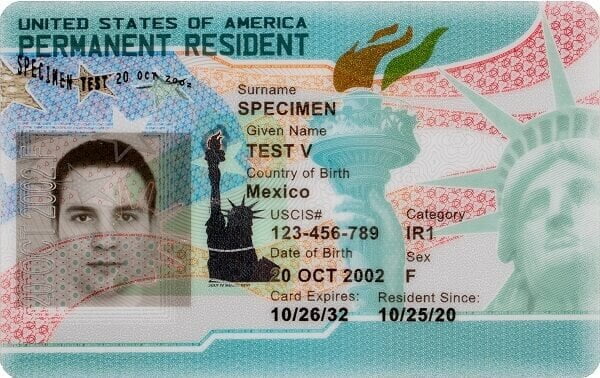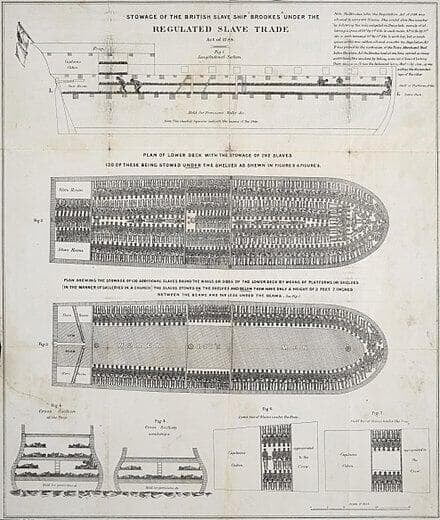Step 1. Determine if you are already a U.S. citizen.
Step 1. Determine if you are already a U.S. citizen.
You can become a U.S. citizen by birth or through naturalization. Generally, people are born U.S. citizens if they are born in the United States or if they are born abroad to U.S. citizens. You may also derive U.S. citizenship if you were under 18 and a lawful permanent resident when one or both of your parents naturalized, or after adoption by a U.S. citizen parent. ;Were you born in the United States or a territory of the United States? If yes, you may already be a U.S. citizen. ;Was at least one of your parents a U.S. citizen before you turned 18? If yes, you may already be a citizen.
Step 2. Determine your eligibility to become a U.S. citizen.
Step 2. Determine your eligibility to become a U.S. citizen.
In general, you may qualify for naturalization if you are at least 18 years old and have been a permanent resident for at least 5 years (or 3 years if you are married to a U.S. citizen) and meet all other eligibility requirements. You may also qualify for naturalization based on military service, which has different requirements.
Step 3. Prepare Form N-400, Application for Naturalization.
Step 3. Prepare Form N-400, Application for Naturalization.
When you meet all requirements to become a U.S. citizen, complete Form N-400 to apply for naturalization. You can create an account and file your N-400 online. Visit uscis.gov/n-400 for more information and instructions.
Step 4. Submit Form N-400, Application for Naturalization.
Step 4. Submit Form N-400, Application for Naturalization.
Submit your application, documents, and fees to USCIS. If you reside outside the United States, submit passport-style photographs with your application. Once you submit Form N-400 and get a receipt notice, you can check current processing times and the status of your application by visiting uscis.gov.
Step 5. Go to the biometrics appointment, if this requirement applies to you.
Step 5. Go to the biometrics appointment, if this requirement applies to you.
USCIS requires applicants to be fingerprinted and photographed for the purpose of conducting Federal Bureau of Investigation (FBI) criminal background checks. In some cases, USCIS may be able to re-use fingerprints and photographs that were previously taken to conduct the required background checks. You will either receive a notice that your biometrics have been re-used, or, if new biometrics are required, you will receive a notice of a biometrics appointment. All applicants must have background checks completed before USCIS will schedule an interview.
Step 6. Complete the interview.
Step 6. Complete the interview.
Once all the preliminary processes on your case are complete, USCIS will schedule an interview with you. You must report to the USCIS office at the date and time on your appointment notice. Please bring the appointment notice with you. It is very important not to miss your interview. If you must miss your interview, follow the instructions on the appointment notice as soon as possible about how to contact the office to reschedule your interview. Rescheduling an interview may add several months to the naturalization process, so make all attempts to attend your original interview date. Note:
Step 7. Receive a decision from USCIS on your Form N-400.
Step 7. Receive a decision from USCIS on your Form N-400.
• Granted—USCIS may approve your Form N-400 if the evidence on record establishes your eligibility for naturalization.
• Denied—USCIS will deny your Form N-400 if the evidence on record establishes you are not eligible for naturalization.
Step 8. Receive a notice to take the Oath of Allegiance.
Step 8. Receive a notice to take the Oath of Allegiance.
USCIS will mail you a notification with the date, time, and location of your scheduled oath ceremony. In some limited circumstances, you may be able to participate in an oath ceremony on the same day as your interview. If you cannot attend the oath ceremony on the day USCIS scheduled you, follow the instructions on the N-445, Notice of Naturalization Oath Ceremony, on how to notify your local USCIS office and ask USCIS to reschedule you.
Step 9. Take the Oath of Allegiance to the United States.
Step 9. Take the Oath of Allegiance to the United States.
You are not a U.S. citizen until you take the Oath of Allegiance at a naturalization ceremony. The oath is administered by USCIS at an administrative ceremony or by a judge in a judicial ceremony. A court has exclusive authority to conduct the ceremonies in certain USCIS districts. You receive your Certificate of Naturalization after taking the Oath of Allegiance.
Step 10. Understanding U.S. citizenship.
Step 10. Understanding U.S. citizenship.
Citizenship is the common thread that connects all Americans. Below is a list of some of the most important rights and responsibilities that all citizens—both Americans by birth and by choice— should exercise, honor, and respect. Some of these rights and responsibilities also apply to noncitizens in the United States as well. While some of these responsibilities are legally required of every citizen, all are important to ensure the continued vitality of our country and democracy. Rights • Freedom to express yourself. • Freedom to worship as you wish. • Right to a prompt, fair trial by jury. • Right to vote in elections for public officials. • Right to apply for federal employment requiring U.S. citizenship. • Right to run for elected office. Continued on next panelStep 10 continued from previous panel Responsibilities • Support and defend the U.S. Constitution. • Stay informed of the issues affecting your community. • Participate in the democratic process. • Respect and obey federal, state, and local laws. • Respect the rights, beliefs, and opinions of others. • Participate in your local community. • Pay income and other taxes honestly, and on time, to federal, state, and local authorities. • Serve on a jury when called upon. • Serve the country as needed.















